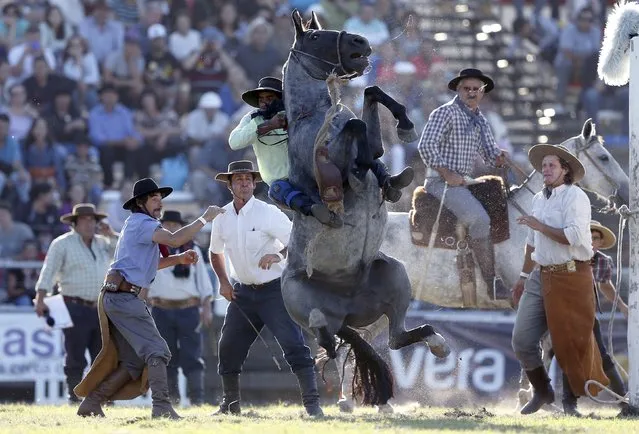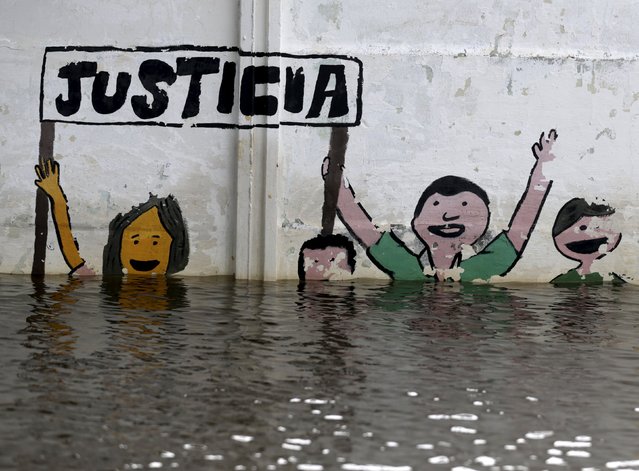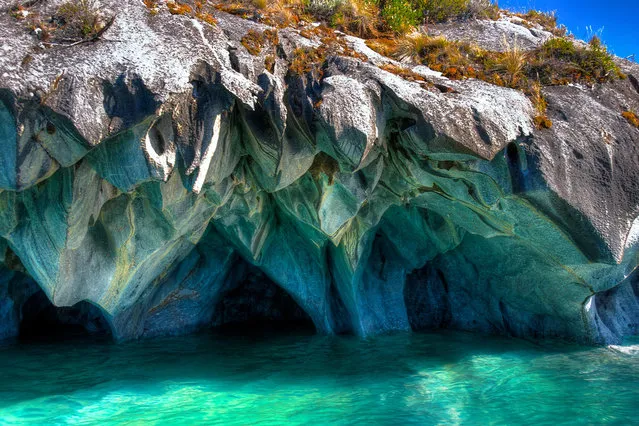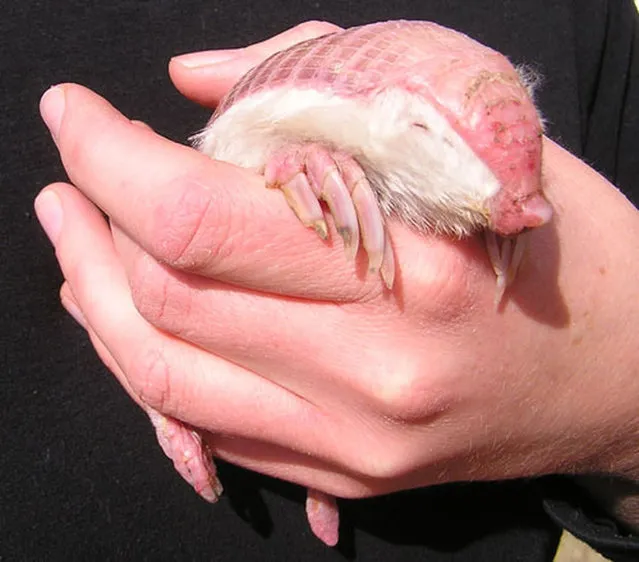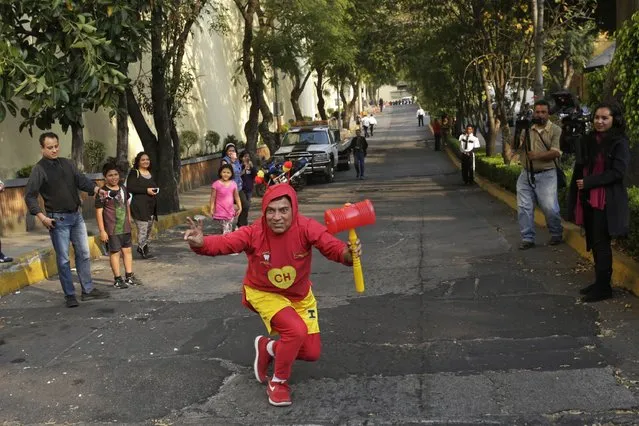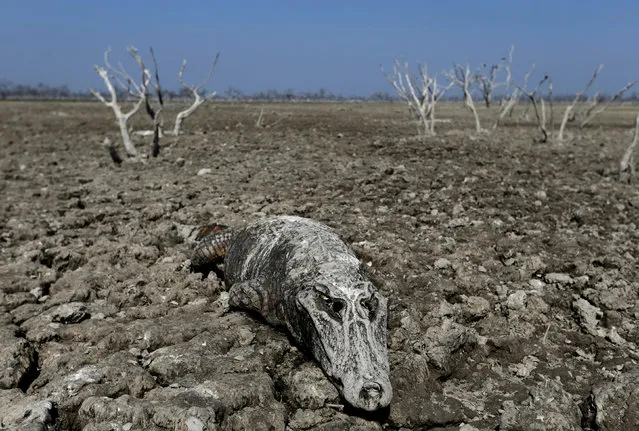
Flamengo soccer fans cheer a goal scored by Gabriel against Argentina's River Plate in the Copa Libertadores final match, broadcast on a giant screen at a watch party at the Macarena Stadium, in Rio de Janeiro, Brazil, Saturday, November 23, 2019. The first single-match final will be played in front of more than 65,000 fans at Lima’s Monumental Stadium. The match was originally scheduled for Santiago’s National Stadium, but it was moved because of street protests in Chile. (Photo by Silvia Izquierdo/AP Photo)
02 Dec 2019 00:05:00,post received
0 comments

